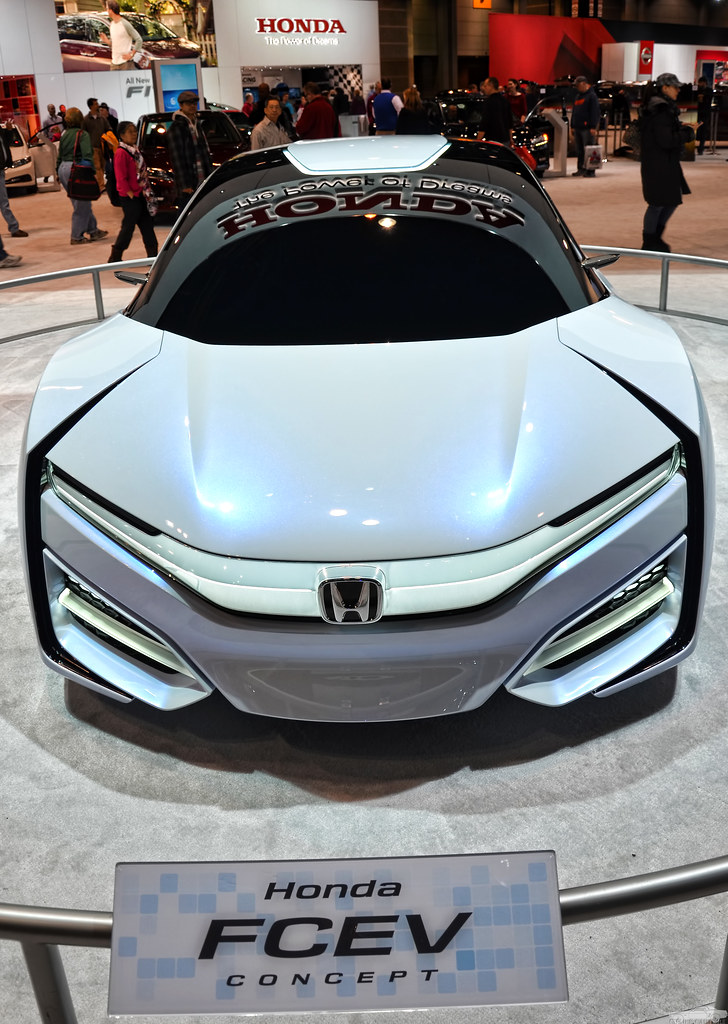Nissan is revving up for an ambitious journey with its latest announcement that’s sure to electrify the auto industry. The Japanese automaker has unveiled a bold three-year business plan, promising to launch seven new models in North America and refresh a whopping 78 percent of its U.S. lineup by 2026. This move is part of a global strategy to introduce 30 new models, with a nearly even split between electric and gas-fed powertrains, signaling a significant shift towards a more electrified future.
Nissan’s vision is clear: to drive value and strengthen competitiveness. CEO Makoto Uchida expressed the company’s commitment to this goal, stating, “This plan will enable us to go further and faster in driving value and competitiveness.” With a focus on a broad product offensive, ramped-up electrification efforts, and new engineering and manufacturing approaches, Nissan is not just adapting to changing market conditions but is aiming to set the pace.

The company’s electrification strategy is particularly noteworthy. Of the 30 new global models, 16 will be electrified, and 14 will feature internal-combustion engines. By 2026, Nissan expects electrified vehicles to account for 40 percent of its global sales, with the figure rising to 60 percent by 2030. This aligns with the broader industry trend of automakers increasingly embracing hybrid and electric vehicles as part of their portfolios.
In the U.S., Nissan is investing $200 million in enhancing the integrated customer experience, with the goal of boosting North American sales by 330,000 units in 2026 compared to 2023. This investment reflects the company’s dedication to not only advancing its product lineup but also improving the overall customer journey.
Nissan’s approach to its next-gen EVs is particularly intriguing. The automaker is looking to reduce the price of these vehicles by sharing a variety of development costs, aiming for a 30 percent cost reduction compared to the current Nissan Ariya. This strategy is expected to bring EV and ICE models to cost parity by 2030, a milestone that could significantly influence consumer adoption of electric vehicles.
The company’s E-Power vehicles, which are EVs with a twist, are also part of the electrification push. These vehicles feature a gas engine that acts solely as a generator, eliminating the need for plug-in charging while providing the benefits of electric drive. This innovative approach could be a game-changer for those hesitant to make the leap to full EVs due to range anxiety or charging infrastructure concerns.
Looking further ahead, Nissan is not resting on its laurels. The automaker plans to introduce next-generation lithium-ion batteries with more range and quicker charging by 2028, and it’s also working on affordable EVs with lithium-iron-phosphate batteries and an EV with a solid-state battery around the same time. These advancements in battery technology are crucial for the next wave of electric vehicles, promising to enhance performance and affordability.
Strategic partnerships are another key element of Nissan’s plan. The automaker is exploring collaborations in North America, including potential partnerships with Mitsubishi, Fisker, and Honda. These alliances could lead to shared platforms, production facilities, and technological innovations, further bolstering Nissan’s position in the market.
We look to the future, Nissan’s roadmap is not just about new models and technologies; it’s about a vision for a more sustainable and innovative automotive landscape. With “The Arc” business plan, Nissan is charting a course that promises to bring excitement and progress to roads worldwide. Stay tuned as we continue to follow Nissan’s journey and the impact it will have on the industry and consumers alike.




